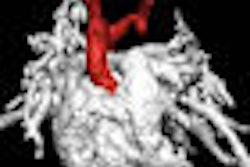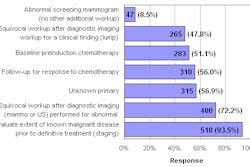Dear MRI Insider,
How often have we seen someone drinking from a coffee cup in one hand, while talking on a cell phone in the other hand -- all while trying to drive in traffic? Or how often have we been at work on the computer and the phone, while handwriting a memo at the same time? Multitasking has become part of our daily fast-paced lives, as we try to meet deadlines and stay on time for appointments.
With that in mind, we report on how a group of researchers from the University of New Hampshire and Yale University are using functional MRI to try and determine optimal times when we are best able to multitask.
While the neuroscientists cannot yet predict when these periods of peak multitasking capability will occur, they hope to eventually discover new avenues of normal brain function to help provide a more complete picture of the reasons for Parkinson's and other neurological diseases. Read more about this fascinating study by clicking here.
Also in this edition of the MRI Insider is a study from South Korea on how well MRI performs against FDG-PET/CT in differentiating between malignant and benign soft-tissue and bone tumors. One finding from the research at Yeungnam University Hospital in Daegu is that MRI has a high positive predictive value in bone tumor imaging, while FDG-PET/CT offers a high negative predictive value with bone tumors.
From Germany comes evidence that cardiovascular MRI can be performed safely, with low risk and limited hemodynamic changes, on infants with congenital heart disease. Researchers at the Heart and Diabetes Center in Bad Oeynhausen analyzed 20 infant patients with pre- and postoperative congenital heart defects.
In the coming weeks, AuntMinnie.com will have more late-breaking research and developments in the field of MRI. Be sure to visit the MRI Digital Community daily.



.fFmgij6Hin.png?auto=compress%2Cformat&fit=crop&h=100&q=70&w=100)




.fFmgij6Hin.png?auto=compress%2Cformat&fit=crop&h=167&q=70&w=250)











